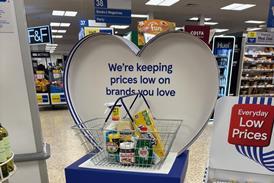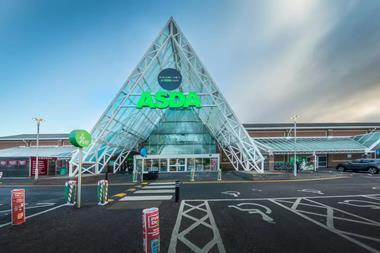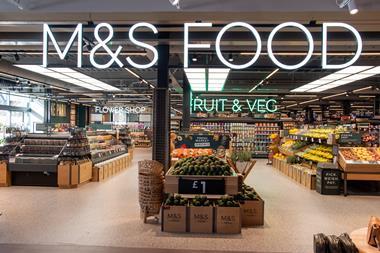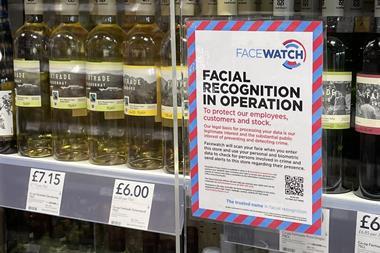
One of the most annoying things about the modern world is the increasing lack of service we receive across so many facets of life, owing to the rise of the self-service model. In the past, service was part of the cost of buying goods, whether at the petrol pump, supermarket till or bank.
But today, more and more, as consumers we are expected (under the promise of efficiency and speed) to do everything ourselves through machines and technology. If the savings were passed onto us, I would view this trend more favourably, but I don’t believe they are.
This is also true in business. Especially in the world of marketing, self-service platforms are becoming the standard approach to campaign activation and optimisation. Retail media platforms (RMPs) provide brands with near-total control of their marketing across digital point of sale. Most RMPs deliver efficiencies, friendly UI, accountability, and platform support free of charge, but these benefits come at a cost.
This cost is specialist resource, required to run and manage multiple campaigns across a variety of platforms at once, as well as to deliver quality campaign ideation and manage wider retailer relationships. Imagine a brand has products listed across Amazon, the main supermarkets and eBay – this resource might have to manage marketing across five different platforms, on top of dealing with distribution and finance tools simultaneously.
Successful software providers in this space – I’m thinking of the leading lights of Criteo and CitrusAd – aim to consolidate these platforms into single-access RMPs by acquiring as many retailer partnerships as possible. But the market continues to fracture as new e-commerce platforms develop and new ways to shop for groceries emerge, including Gorillas, Deliveroo, Uber Eats and more. There is danger that the resource required to activate across multiple platforms will become an expensive bottleneck within marketing teams, especially as job vacancies are at their highest in decades.
With little hope of retailers working together to develop universal platforms, we believe the best solution is to invest in software that aggregates reporting and activation from RMPs in one place. A number of these enterprise platforms exist, all with varying degrees of success and retailer integration, but the concept is a sound one. Hailing from the US, where digital retail media is more mature, Pacvue is just one such enterprise platform offering which has launched in EMEA this year. More are already here.
I believe retailers and their RMP partners should let these tools push and pull information to their owned software. This would allow marketing teams to co-ordinate all of their e-commerce media on a single UI, providing oversight of all their strategies, tactics, and analytics in one space. This will cut down the need for large volumes of resource, as well as better align marketing approaches. For the retailers, less budget spent on resource means more budget available for marketing.
I’m aware this sounds somewhat idealistic. Retailers have a right to decide how much access they provide third-party tech partners and are cautious about performance being measured in one environment across a range of RMPs. There is still a lot of co-ordination and work required to drive the performance of RMP activity and improve transparency between retailers and brands. But in principle, this would solve the fractured nature of the market. With the likes of Amazon and Facebook leading the way with open access, more traditional retailers will have to follow suit eventually.
These consolidated platforms also have the capabilities to drive operational efficiencies beyond marketing functions alone. From inventory, distribution and finance through to product reviews, they will become a fundamental part of most fmcg businesses in the near future. The difficult challenge is picking the most integrated and best-performing software in the market. Many marketers and retail teams will wish to see the performance of their offline activity displayed as well. This isn’t currently available, and any key partner should be working on a solution to truly consolidate all marketing functions across online and offline sales points.
My view is that 2022 will be the year when this type of software proposition and solution becomes available, in beta, to the wider CPG market. And when it does, it will have significant impact on the way we structure and manage marketing teams across the industry.



















No comments yet